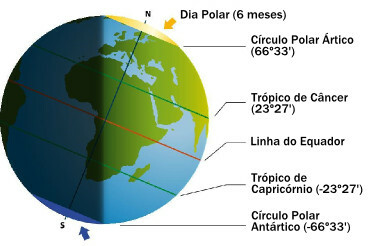Urban centers have presented several environmental problems: pollution of water resources, destination and inadequate treatment of waste, reduction of vegetation cover, atmospheric pollution, thermal inversion, among others. All these elements are extremely harmful to the life of all species, and the consequences of this process are already being felt by the population.
A very common aspect in cities is climate change, in which local temperature rises, differentiating from the region's climatic conditions. This phenomenon is called urban microclimate, and it develops on different scales, being determined by the structures of each city (pavement, green area, industries, etc.).
The temperature of a city can be raised by up to 6 °C as a result of the combination of the following actions: replacement of vegetation by asphalt, concrete and other impermeable surfaces, which causes a large absorption of radiation solar; verticalization of buildings (buildings), forming a barrier for air circulation and emission of polluting gases into the atmosphere.
Concrete absorbs a lot of solar radiation (about 98% of the radiation that reaches the surface), while green areas manage to dissipate this energy. To make matters worse, the construction of buildings impairs air circulation, making it difficult for hot air to disperse. The emission of polluting gases intensifies the greenhouse effect, promoting heat islands, that is, an increase in local temperature.
Do not stop now... There's more after the advertising ;)
This phenomenon is more accentuated in large urban centers, as they are more endowed with buildings and industries, and the flow of automobiles is more intense. Industrialized cities are even more vulnerable to other phenomena, such as the “smog” – a kind of fog composed of several particles, being considered the main form of atmospheric pollution.
Therefore, the urban microclimate is promoted by human actions, with the need for the development and application of Master Plans that adopt measures to expand the urban area, in addition to the implementation of green areas in the centers urban areas.
By Wagner de Cerqueira and Francisco
Graduated in Geography
Would you like to reference this text in a school or academic work? Look:
FRANCISCO, Wagner de Cerqueira e. "Urban microclimate"; Brazil School. Available in: https://brasilescola.uol.com.br/geografia/microclima-urbano.htm. Accessed on June 28, 2021.

